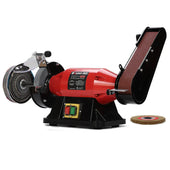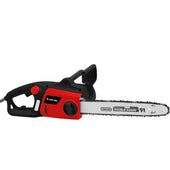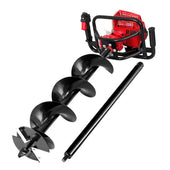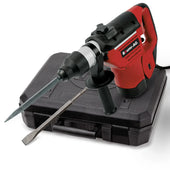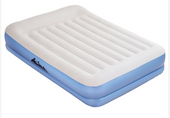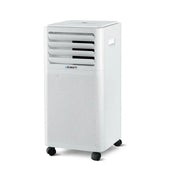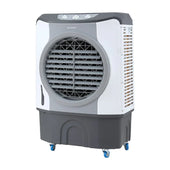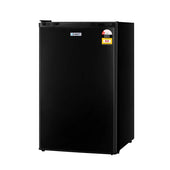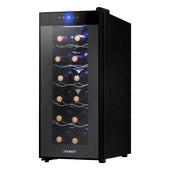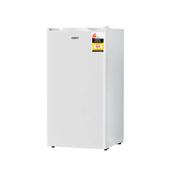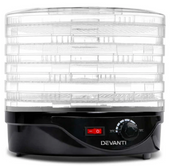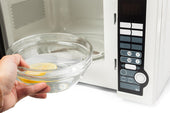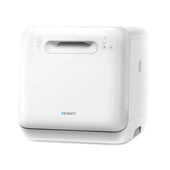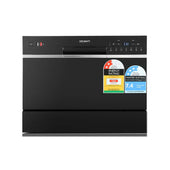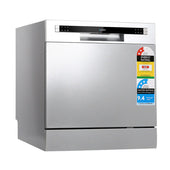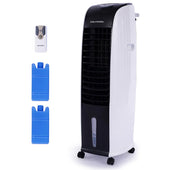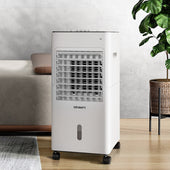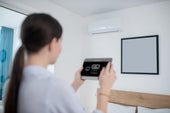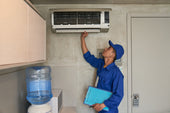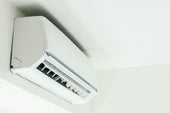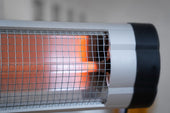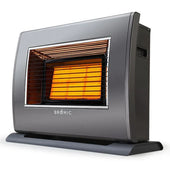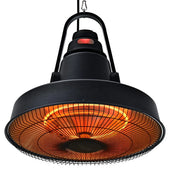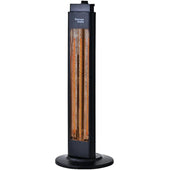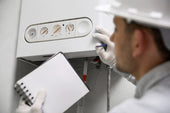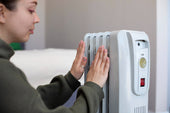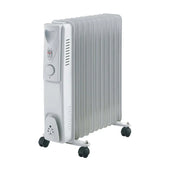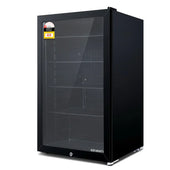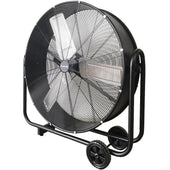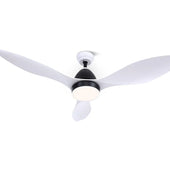Introduction to Desktop Computer Performance Optimisation
Desktop computer performance optimisation involves a systematic approach to improving a machine’s efficiency, processing speed, and overall reliability. Several factors can impact performance, including hardware capabilities, software configuration, and During Days, user habits. By identifying bottlenecks, users can implement tailored solutions to enhance system functionality.
Key strategies include:
- Hardware upgrades: Replacing an outdated processor, adding more RAM, or switching to an SSD can significantly boost performance.
- Software maintenance: Regularly updating operating systems and removing unnecessary programs or files can streamline processes.
- System settings adjustments: Modifying startup programs, power settings, and performance preferences ensures efficient resource utilisation.
Understanding optimisation fundamentals equips users to identify and rectify issues effectively, maximising their desktop’s potential.
Understanding the Core Components that Impact Performance
Desktop computer performance is heavily influenced by the harmonious interaction of key hardware components.
- Processor (CPU): The CPU acts as the brain of the system, determining how fast tasks are completed. Higher clock speeds and core counts enhance multitasking and processing speed.
- RAM: Random Access Memory impacts how efficiently applications run, providing temporary data storage for active processes. More RAM improves system responsiveness.
- Storage: Solid-State Drives (SSDs) outperform traditional Hard Disk Drives (HDDs), offering faster boot times and quicker data access.
- Graphics Card: Dedicated GPUs optimise graphical tasks like gaming or design work, significantly boosting visual performance.
- Cooling Systems: Efficient cooling prevents performance throttling when components heat up, maintaining peak functionality during intensive use.
The Role of the Operating System in Peak Performance
The operating system (OS) serves as the backbone of a desktop computer, bridging hardware and software to ensure cohesive functionality. It manages crucial resources like CPU, memory, and storage, distributing tasks efficiently to avoid bottlenecks.
Key performance aspects include:
- Task Management: The OS allocates resources to processes, maintaining responsiveness even during heavy multitasking.
- Hardware Communication: It optimises drivers and firmware for seamless hardware integration.
- System Updates: Regular updates improve security and performance by addressing vulnerabilities.
Through effective resource allocation and optimisation, the OS ensures applications run effectively, contributing significantly to peak performance. Users should consider compatibility and updates for optimal results.
Keeping Software Up-to-Date for Optimal Efficiency
Regularly updating software ensures that the desktop computer functions at peak performance. Developers frequently release updates to improve features, fix bugs, and patch security vulnerabilities. Outdated software often leads to compatibility issues with newer applications or hardware, potentially causing system slowdowns.
Benefits of Software Updates
- Enhanced Performance: Updates optimise the software’s ability to utilise system resources effectively.
- Improved Security: Keeping software current minimises exposure to viruses, malware, and cyber-attacks.
- Access to New Features: Updates often introduce functionalities that can boost productivity.
Establishing practices such as enabling automatic updates and routinely checking for updates manually ensures consistent efficiency and reduced risks. One must prioritise reliable sources to download updates for software and drivers to prevent impairments.
Essential Hardware Upgrades to Boost Performance
To achieve peak desktop computer performance, upgrading key components ensures optimal speed and efficiency.
Upgrade Options:
- Solid-State Drives (SSD): Replace traditional hard drives with SSDs for faster boot times and file access. It reduces application load times significantly.
- RAM Expansion: Adding more RAM enhances multitasking capabilities, allowing smoother execution of intensive applications and processes.
- Graphics Processing Unit (GPU): An upgraded GPU improves rendering capabilities, ideal for gaming or graphic-intensive tasks.
- Central Processing Unit (CPU): Upgrading to newer, higher-core CPUs increases processing power, benefiting demanding software and workloads.
- Cooling System: Invest in advanced cooling solutions to prevent overheating and maintain stable performance during heavy usage.
- Motherboard Replacement: Installing an advanced motherboard provides compatibility with newer technologies like USB-C and faster storage protocols.
The Importance of Regular Maintenance and Cleaning
Desktop computers require routine maintenance and cleaning to ensure optimal performance and longevity. Dust accumulation inside the hardware can impede airflow, leading to overheating and sluggish operation. Cleaning components like vents, fans, and the motherboard regularly helps in mitigating these issues. Proper software maintenance, such as uninstalling unnecessary programmes and deleting temporary files, prevents storage clutter and enhances system responsiveness.
Updating software and operating systems promptly keeps the desktop secure and compatible with newer technologies. Monitoring hardware health, including checking cables for wear or ensuring stable power supply, reduces the risk of unexpected failures. A disciplined approach to maintenance sustains peak performance over time.
Optimising Startup and Background Processes
A desktop computer’s performance can be hampered by unnecessary programs loading during startup or running silently in the background. Disabling non-essential applications from startup ensures the system boots faster and allocates resources to vital processes. To adjust startup programs, users can access the system’s task manager or equivalent tool, where listed programs can be easily disabled.
Background processes also consume memory and processing power. Reviewing active processes periodically and shutting down unnecessary ones can enhance system efficiency. Consider uninstalling software no longer in use, as some may silently run services. Tools like performance monitors can help identify resource-hungry processes for optimisation.
Advanced Performance Tweaks for Power Users
For power users seeking to unlock every ounce of performance from their desktop, an array of advanced tweaks can offer substantial benefits.
- Overclocking Hardware: Adjusting the CPU, GPU, or RAM clock speeds can yield tangible speed boosts. However, power users must monitor temperature thresholds and invest in robust cooling solutions to avoid thermal throttling.
- Custom BIOS Settings: Tweaking boot priorities, disabling unnecessary components, or enabling XMP profiles can optimise performance directly from a hardware level.
- Virtual Memory Management: Fine-tuning page file sizes or placing them on a faster disk can enhance system responsiveness when running memory-heavy applications.
- Less Common Optimisations: Examples include modifying Windows Group Policies to prioritise foreground processes or disabling unused services for resource conservation.
These advanced measures require meticulous attention but can significantly optimise performance when executed correctly.
The Role of External Peripherals in System Performance
External peripherals significantly impact desktop computer performance by enhancing functionality and user experience. These devices range from input tools, such as keyboards and mice, to output peripherals, including monitors and printers. High-refresh-rate monitors aid in smoother gameplay and graphics rendering, while ergonomic keyboards and precision mice improve productivity. Additionally, external storage devices, such as solid-state drives (SSDs), expedite data transfer and reduce latency compared to traditional hard drives.
Peripheral choices should correspond with system specifications to avoid bottlenecks. As energy-efficient models reduce power consumption, they can optimise overall performance. Proper integration and compatibility ensure seamless operation while also preserving system stability.
Ensuring Cybersecurity for Consistent Performance
Implementing robust cybersecurity measures is essential to maintain optimal desktop computer performance. Threats such as malware, ransomware, and phishing attacks can severely degrade system efficiency and compromise sensitive data handling. Regular software updates strengthen security by eliminating vulnerabilities in applications and operating systems. Reliable antivirus and anti-malware tools should be installed, ensuring protection against intrusive threats.
Users must configure firewalls to act as a barrier between the computer and unauthorised access. Avoiding untrusted downloads and scrutinising email attachments minimises exposure to harmful content. Finally, enabling two-factor authentication adds an extra layer of defence, safeguarding against external breaches. These steps collectively ensure performance stability and data safety.
Monitoring and Benchmarking: Measuring Your Progress
Monitoring and benchmarking tools are vital for evaluating a desktop computer's performance over time. These tools track key metrics such as CPU utilisation, GPU performance, temperature levels, memory usage, and disk activity. By reviewing this data, users can identify bottlenecks and ensure their system operates efficiently.
Benchmarking software provides standardised tests for comparing systems or configurations. Popular tools include Cinebench, 3DMark, and PCMark, each tailored for assessing specific hardware components like processors or graphics cards.
Frequent monitoring helps pre-empt issues like thermal throttling or resource contention. Benchmark comparisons allow users to track improvements after upgrades or software tweaks. Regular analysis ensures peak performance is sustained.
Conclusion and Summary of Best Practices
To optimise desktop computer performance, users should prioritise regular maintenance and proactive management. Key practices include ensuring hardware components remain clean and free from dust to prevent overheating. Software updates, including essential drivers, should never be delayed, as they enhance compatibility and security. Efficient organisation of storage through disk clean-ups and defragmentation aids system speed, while disabling non-essential startup programs ensures quicker boot times.
Monitoring resource usage through built-in tools helps identify bottlenecks impacting productivity. Investing in hardware upgrades, such as additional RAM or a high-speed SSD, provides lasting improvements. Combining these measures ensures peak performance for everyday computing tasks and complex operations alike.



